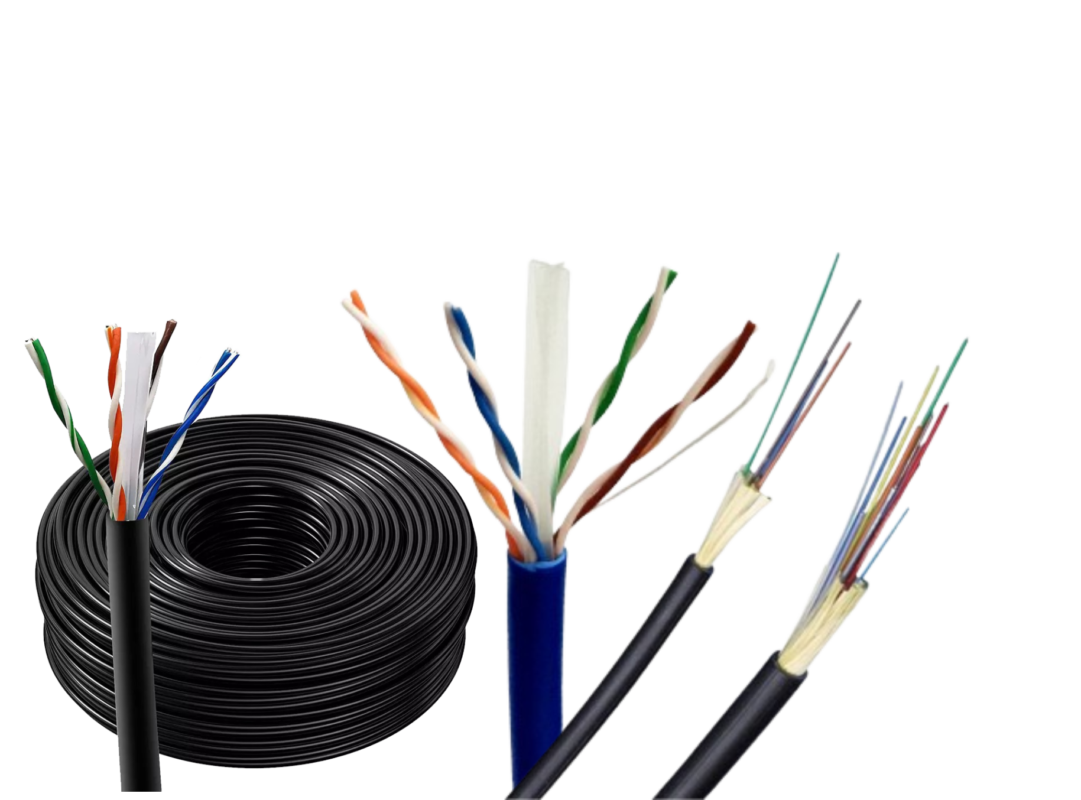Uncategorized
What is a ethernet cable ?
what is a ethernet cable
In today’s interconnected world, Ethernet cables play a vital role in facilitating communication and data exchange between devices within a network. From powering your home Wi-Fi to enabling high-speed internet connections in offices and data centers, Ethernet cables are the backbone of modern connectivity. But what exactly is an Ethernet cable, and how does it work? Join us as we delve into the world of Ethernet cables, unraveling their components, functionalities, and applications.
Buy Now www.agsplus.in
Understanding Ethernet Cables: At its core, an Ethernet cable is a type of networking cable used to connect devices, such as computers, routers, switches, and servers, within a local area network (LAN). These cables transmit data using Ethernet standards, which define the rules and protocols for communication between devices.
Components of an Ethernet Cable: Ethernet cables consist of several key components, including:
what is a ethernet cable-
- Conductors: These are typically made of copper and carry electrical signals between devices.
- Insulation: Insulation material surrounds the conductors, protecting them from damage and interference.
- Sheath: The outer layer of the cable, known as the sheath or jacket, provides further protection and durability.
- Connectors: Ethernet cables often feature modular connectors, such as RJ45 connectors, which plug into Ethernet ports on devices.
Types of Ethernet Cables: Ethernet cables come in various types, each designed for specific applications and transmission speeds. Some common types include:
what is a ethernet cable-
- Cat5e: Suitable for most home and office networks, Cat5e cables support data speeds of up to 1 Gbps.
- Cat6: With improved performance and reduced crosstalk, Cat6 cables can handle data speeds of up to 10 Gbps over short distances.
- Cat6a: Cat6a cables offer enhanced performance and support for 10 Gbps data speeds over longer distances.
- Cat7: Designed for high-speed networking applications, Cat7 cables feature shielding to minimize interference and support data speeds of up to 10 Gbps or more.
Applications of Ethernet Cables: Ethernet cables are used in various networking scenarios, including:
- Home Networks: Ethernet cables connect devices such as computers, printers, and gaming consoles to a home router, providing reliable internet access.
- Office Networks: In office environments, Ethernet cables connect computers, servers, and other network devices to a central switch or router, enabling seamless communication and data exchange.
- Data Centers: Ethernet cables form the backbone of data center networks, connecting servers, storage devices, and networking equipment to facilitate data processing and storage.
- Industrial Applications: Ethernet cables are used in industrial settings to connect machinery, sensors, and control systems, enabling automation and remote monitoring.
Conclusion: Ethernet cables are the foundation of modern networking, providing reliable connectivity for a wide range of applications. By understanding the components, types, and applications of Ethernet cables, you can make informed decisions when setting up and troubleshooting network connections. Whether you’re building a home network, upgrading office infrastructure, or deploying data center solutions, Ethernet cables are essential for keeping your devices connected and your data flowing.


